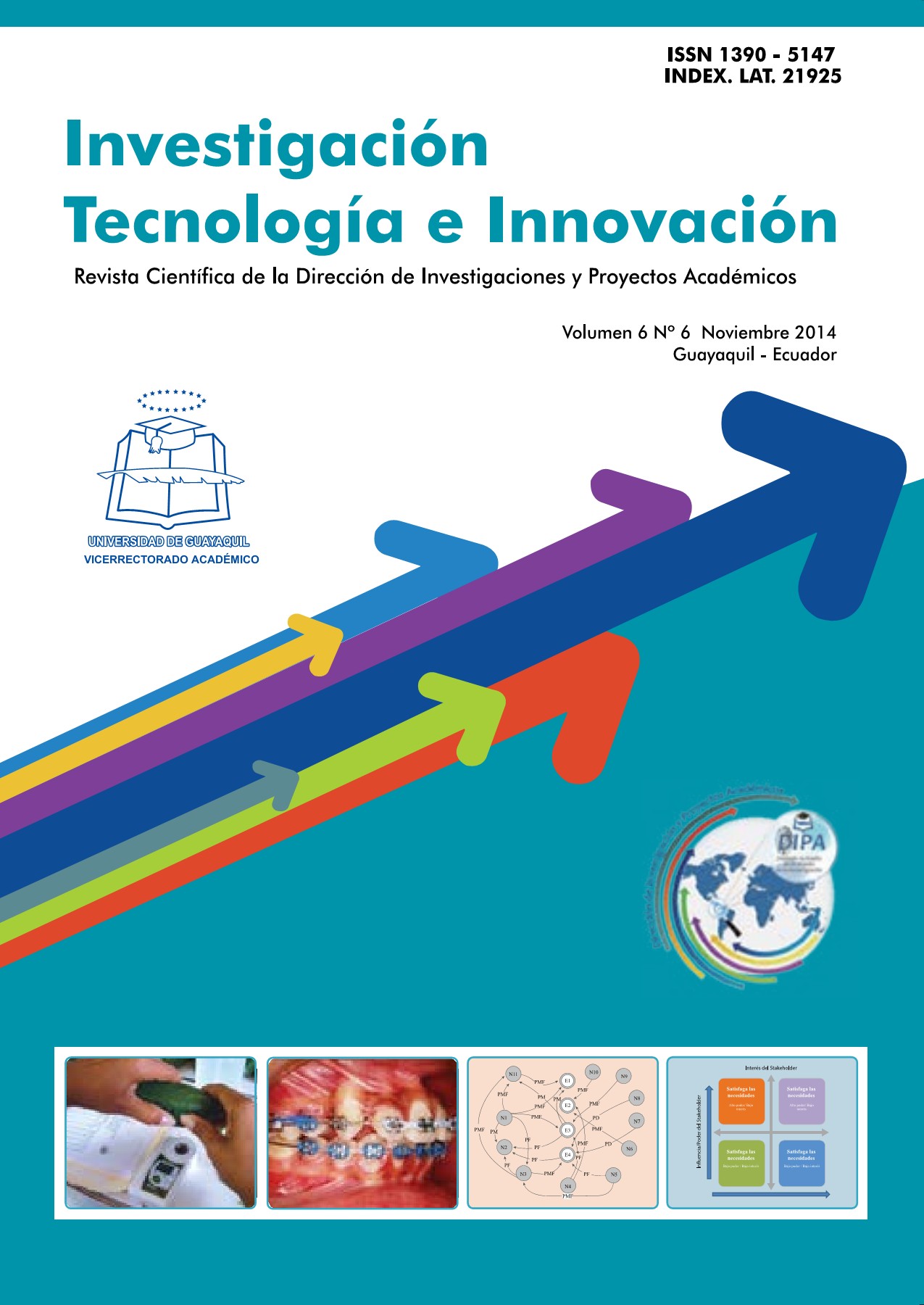Evaluation of quality parameters and storage conditions of cucumber fruits harvested under two cropping systems: protected and open field in tropical zones
DOI:
https://doi.org/10.53591/iti.v6i6.105Keywords:
post-harvest, cucumber, protected cultivation, merchandisingAbstract
Losses from merchandising of fruit and vegetables at Ecuador represent between 30 and 50 % of the total cropped. As a result decreases the cost-benefit of cultivating, contributing to the impoverishment of the farmers and raise consumer prices.The causes attributed to the lack oftechnology, post-harvest mismanagement, essentially by poor handling, improper packaging conditions, inappropriate storageand lack of transport infrastructure. This situation led to make the following research aimed to evaluating the quality parametersand storage conditions of cucumber fruits,grown under two cropping systems: protected and open field, in tropical zones. We used a random blocks design with threerepetitions and four treatments, employingthe hybrid Diamond. The highest average in cucumber fruit length, diameter, weight and firmness were obtained with T, (high-tech greenhouse), while the highest average of soluble solids and titratable acidity were achieved in T (average greenhouse technology). The T (open field growing) had the highest average of pH and lower RBG values. We found the highest percentagesof spoiling, insect damage and physiological disorders in the T, (open field growing). Averages of cucumber fruit color stored in plastic drawers, wooden boxes and polyethylene bags presented statisticallysimilar values. Fusarium spp affected the fruits under the three types of storage used. The fruit lasts 12 to 14 days stored at temperature of 26 ºC and 81 % relative humidity.
References
Arias, C y J. Toledo. 2000. Manual de manejo postcosecha de frutas tropicales. En: Organización de las Naciones Unidas para la Agricultura y la Alimentación (FAO), Consultado el 28 de Enero de 2011. Disponible en http://www.fao.org/inpho/content/documents/vlibrary/ac304s/ac304s00.htm#toc.
AOAC, 2007. Official Methods of Analysis of AOAC lnternational, l 8 edition, Maryland, USA.
Barnett H.L., Hunter BB. 1998. lllustrated Genera of lmperfect Fungi. Burguess Publishing Company, Fourth Edition, Minnesota, 218 pp.
Casaca D. 2005. El cultivo de pepino. Guías tecnológicas de frutas y vegetales. Banco Interamericano de Desarrollo. Abril, 2005. P 17.
Díaz, B; Gargiulo, M; Gemelli, F. Pacheco, P. Salle, D. 2009. Manual de Procedimientos y Referencias Técnicas por producto para la tipificación de la calidad de las frutas y hortalizas frescas. La formación de los precios en frutas y hortalizas frescas. Montevideo. Consultado el 29 de octubre del 2013. Disponible en http://www4.mercadomodelo.net/manual.pdf
FAO, 2000. Manual de manejo postcosecha de frutas tropicales. (Papaya, piña, plátano, cítricos). Proyecto TCP/PER/6713 (a) "Técnicas mejoradas de post-cosecha, procesamiento y comercialización de frutas". Roma.
FUMIAF, 2005. Cultivo de pepino europeo en invernaderos de alta tecnología en México. Fundación Mexicana para la Investigación Agropecuaria y Forestal, A.C. Sagarpa, México. p. 3 7.
Instituto Nacional de Meteorología e Hidrología. Anuario Meteorológico. Ecuador, 2011. p. 95.
López E., Jesús, Huez L. Marco, Pacheco A, Francisco. Jiménez L., José, Preciado F., Francisco. México. 201 O. Productividad y calidad de dos cultivares de pepino en respuesta a la densidad de plantación. Xlll ( 1 ). Consultado en 2013, Octubre 26. Disponible en http://www.redalyc.org/pdf/610/61027206.pdf.
Muy Rangel D., Dolores, Siler, C. Jorge, Díaz P. Juan, Valdez T. Benigno. Efecto de las condiciones de almacenamiento y el encerado en el estatus hídrico y la calidad poscosecha de pepino de mesa. México. 2004. 27 (2) 157 - 165. Consultado en 2013, Octubre 26. Disponible en http://www.redalyc.org/pdf/610/61027206.pdf
Rodríguez, A., M. Rivera y G. González. 2005. Uso de atmósferas modificadas y controladas. En: González, G., A. Gardea y M. Cuamea. (ed.). Nuevas tecnologías de conservación de productos vegetales frescos cortados. Primera edición. Centro de Investigación en Alimentación y Desarrollo (CIAD). México. 343 p.
Shibairo, S., Upadhyaya, M.,Toivonen, P. 1997. Postharvest moistureloss characteristics of carrot (Daucus carota L.) cultivars duringshort-terrn storage. Scientia Hort. 71:1-12.
Suslow T, M Cantwell ( 1997). Cucumber. Produce facts. Perishables. Handling No. 90. University of Califomia, Davis. USA. p. 21-22.
Thompson, K. 1998. Tecnología postcosecha de frutas y hortalizas. Primera edición. Editorial Kinesis. Convenio SENA-Reino Unido. Armenia. p. 133-138.
Downloads
Published
Issue
Section
License
Copyright (c) 2014 Reina Medina, Galo Salcedo Rosales, Cecibel Franco Suarez, Liliana Castro Herrera, Luis Oquendo Gonzales

This work is licensed under a Creative Commons Attribution-NonCommercial-NoDerivatives 4.0 International License.






